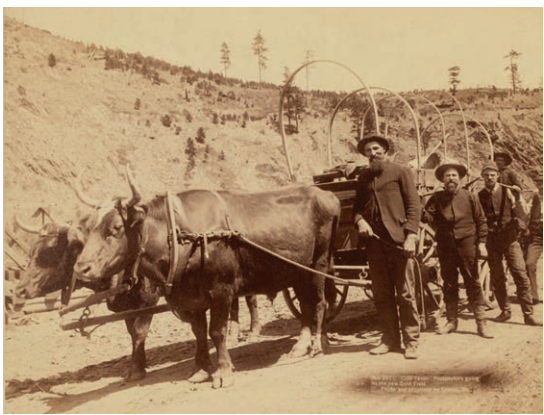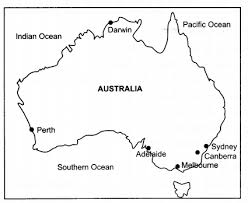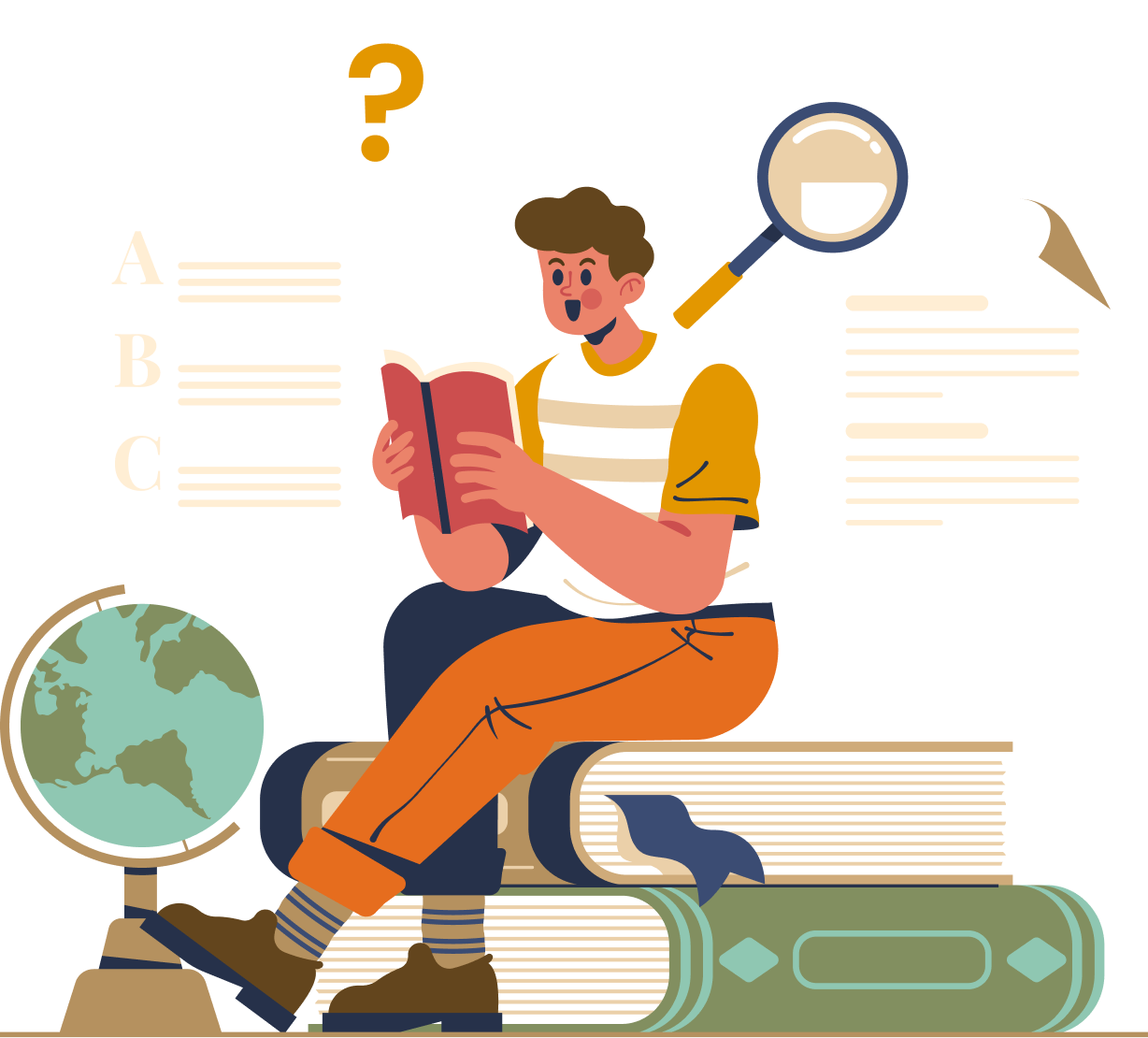Displacing Indigenous Peoples – Complete Guide For Class 11 History Chapter 6
Welcome to iPrep, your Learning Super App. Our learning resources for the chapter “Displacing Indigenous Peoples” in History for Class 11th are designed to ensure that you grasp this concept with clarity and perfection. Whether you’re studying for an upcoming exam or strengthening your concepts, our engaging animated videos, practice questions, and notes offer the best of integrated learning with interesting explanations and examples.
Objectives Of Learning Displacing Indigenous Peoples: A Historical Perspective
This chapter explores the historical experiences of Indigenous peoples in North America and Australia, focusing on their encounters with European imperialism and the subsequent displacement from their traditional lands. It examines the impact of European colonization on Indigenous cultures, languages, and ways of life, as well as the ongoing struggles for land rights and cultural preservation.
The arrival of European colonists in North America and Australia had a profound and often devastating impact on the Indigenous peoples inhabiting these regions. This chapter delves into the historical encounters between Indigenous peoples and European imperialists, the consequences of colonization, and the ongoing struggles for Indigenous rights and recognition.
Now that we have explored the importance of the chapter, let’s outline the objectives of studying it.
- To understand the historical context of European imperialism in North America and Australia.
- To explore the experiences of Indigenous peoples before and after European contact.
- To examine the impact of colonization on Indigenous cultures, languages, and ways of life.
- To analyze the struggles for land rights and cultural preservation faced by Indigenous peoples.
Now let’s explore the various sections of the chapter.
Firstly, to understand the foundation of European expansion and its consequences, let’s delve into the Introductory section of the chapter “Displacing Indigenous Peoples.”
European Imperialism
Introduction:
- European imperialism was a period of global expansion, characterized by the establishment of colonies and empires in other parts of the world.
- This period of colonization was driven by a variety of factors, including economic motives, political ambitions, and a belief in European superiority.
- European powers sought to acquire new territories, exploit natural resources, and establish markets for their goods.
Now, to understand the specific impact of European settlers in North America, let’s delve into the “North America” section of the chapter “Displacing Indigenous Peoples.”
NORTH AMERICA
- North America is a vast continent with diverse landscapes and resources.
- It has a long history of Indigenous peoples and has experienced significant European immigration and industrial development.
The key points covered under this topic are discussed below:
The Native Peoples
- The earliest inhabitants of North America came from Asia over 30,000 years ago on a land bridge across the Bering Straits, and during the last Ice Age 10,000 years ago they moved further south.

Encounters with Europeans
- The first European contact with Indigenous peoples in North America occurred in the 15th century.
- Encounters were often marked by misunderstandings, conflict, and disease.
Mutual Perceptions
- Both Europeans and Indigenous peoples had distinct perceptions of each other, which influenced their interactions.
- Europeans often viewed Indigenous peoples as savages or inferior beings, while Indigenous peoples may have perceived Europeans as strangers or invaders.
- These differing perspectives contributed to misunderstandings, conflict, and ultimately, the displacement of Indigenous peoples from their traditional lands.

The Native Peoples Lose their Land
- European colonization led to the displacement of Indigenous peoples from their traditional lands.
- Land was seized through force, treaty violations, and other means.
The Gold Rush, and the Growth of Industries
- The discovery of gold and other natural resources in North America fueled economic growth and further displacement of Indigenous peoples.
- The gold rush in California, for example, attracted thousands of settlers who sought their fortunes.
- As the mining industry expanded, Indigenous peoples were forced off their traditional lands and faced increasing pressure to assimilate into European-dominated society.

Constitutional Rights
- Indigenous peoples in North America have fought for constitutional rights and recognition.
- These struggles have led to some progress in protecting Indigenous land and cultural rights.
The Winds of Change…
- The Indigenous rights movement in North America has gained momentum in recent decades.
- This movement aims to address the historical injustices faced by Indigenous peoples, including the loss of land, cultural suppression, and discrimination.
- Indigenous activists have fought for the recognition of their rights, the preservation of their cultural heritage, and the restoration of their sovereignty.

Now, to understand the colonization of Australia, let’s delve into the “Australia” section of the chapter “Displacing Indigenous Peoples.”
AUSTRALIA
- Australia has a long history of Indigenous habitation, dating back thousands of years.
- European colonization in the 18th century led to conflict and displacement of Indigenous peoples.
- Despite efforts to preserve Indigenous cultures, many have been lost due to violence, disease, and land loss.

The key points covered under this topic are:
A Description of the Sydney Area in 1790
- In 1790, the Sydney area in Australia was a relatively untouched wilderness inhabited by Indigenous peoples.
The Winds of Change…
- European colonization of Australia had a devastating impact on Indigenous peoples.
- Many Indigenous Australians were forcibly removed from their lands and placed in missions or reserves.
Finally, as we have gained comprehensive knowledge about the chapter “Displacing Indigenous Peoples”, let’s reflect on the overall learning value of this important lesson.
Overall Learning Value
The experiences of Indigenous peoples in North America and Australia are examples of the profound consequences of European imperialism. The displacement of Indigenous peoples from their traditional lands, the destruction of their cultures, and the ongoing struggles for recognition and justice are important issues that continue to be addressed today.
Let’s Conclude
In conclusion, CBSE Class 11th History Chapter “Displacing Indigenous Peoples” offers a deep understanding of the transformative impact of European imperialism on Indigenous communities in North America and Australia. Through this chapter, you gain insight into the complex relationships, conflicts, and cultural shifts that Indigenous peoples experienced as they encountered European settlers. The study of “Displacing Indigenous Peoples” in CBSE Class 11th History not only broadens your knowledge of historical events but also highlights the enduring importance of Indigenous rights and cultural preservation.
At iPrep, we ensure that learning CBSE Class 11th History Chapter “Displacing Indigenous Peoples” is an enriching experience through our resources, including animated videos, engaging notes, and practice questions. This chapter enables you to appreciate the resilience of Indigenous cultures and the ongoing efforts for recognition and justice across generations. Dive into CBSE Class 11th History with iPrep for a comprehensive and immersive learning journey on this essential topic!
Practice questions on Chapter 6 - Displacing Indigenous Peoples
Get your free Chapter 6 - Displacing Indigenous Peoples practice quiz of 20+ questions & detailed solutions
Practice Now








